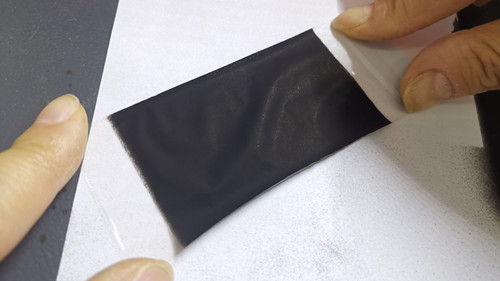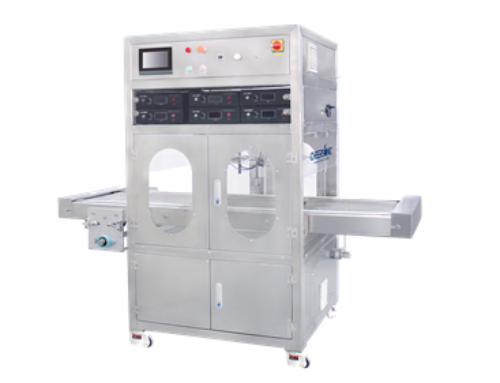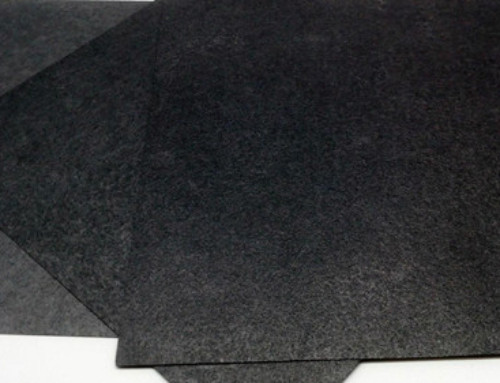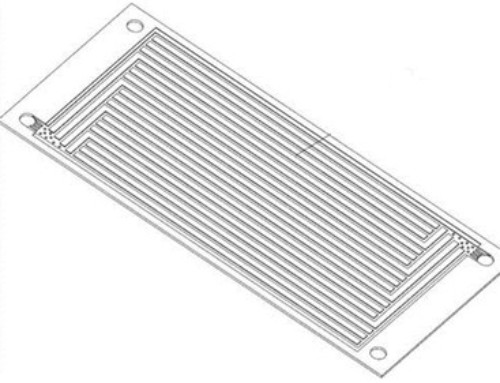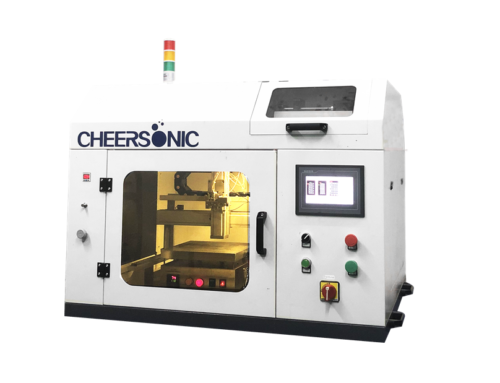Project Description
Ultrasonic Spray Deposition Of Membranes
Ultrasonic spray deposition of Nafion membranes: Electrode-supported fuel cells
Fuel cells are a key technology for the successful transition towards a hydrogen society. In order to accelerate fuel cell commercialization, improvements in performance are required. Generally, polymer electrolyte membrane fuel cells (PEFCs) are membrane-supported; the electrocatalyst layer is sprayed onto both sides of the membrane, and sandwiched between carbon-based gas diffusion layers. In this work we redesign the membrane electrode assembly and fabricate an electrode-supported PEFC.
First the electrocatalyst layer is ultrasonic sprayed onto the gas diffusion layers, and then Nafion dispersion is ultrasonic sprayed over the top of this to form a thin membrane. This method has the advantage of simplifying the fabrication process, allowing the fabrication of extremely thin electrolyte layers (down to ∼10 μm in this case), and reducing the amount of ionomer required in the cell. Electrode-supported PEFCs operate at significantly increased power density compared to conventional membrane-supported PEFCs, with a maximum of 581 mW/cm2 at 80 °C (atmospheric pressure, air at the cathode). Impedance spectroscopy confirmed that the origin of the improved performance was an 80% reduction in the membrane resistance due the thinner Nafion layer. This novel fabrication method is a step towards cheaper, thinner, fully printable PEFCs with high power density and efficiency.
Proton Exchange Membrane Fuel Cell Spray Video
Recommended Equipment
Ultrasonic Atomization Nozzle
Laboratory Ultrasonic Coating System
UAM3000 Ultrasonic Medical Devices Spraying
UAM4000 Desktop Ultrasonic Spraying Equipment
UAM4000L Benchtop Ultrasonic Spray System
UAM6000 Ultrasonic Spraying Machine
UAL100 Ultrasonic Dispersion Syringe Pump
LULP500 Ultrasonic Laboratory Device
Prosonic1000 Industrial Ultrasonic Device
Prosonic3000 Most Powerful Ultrasonic Processor
